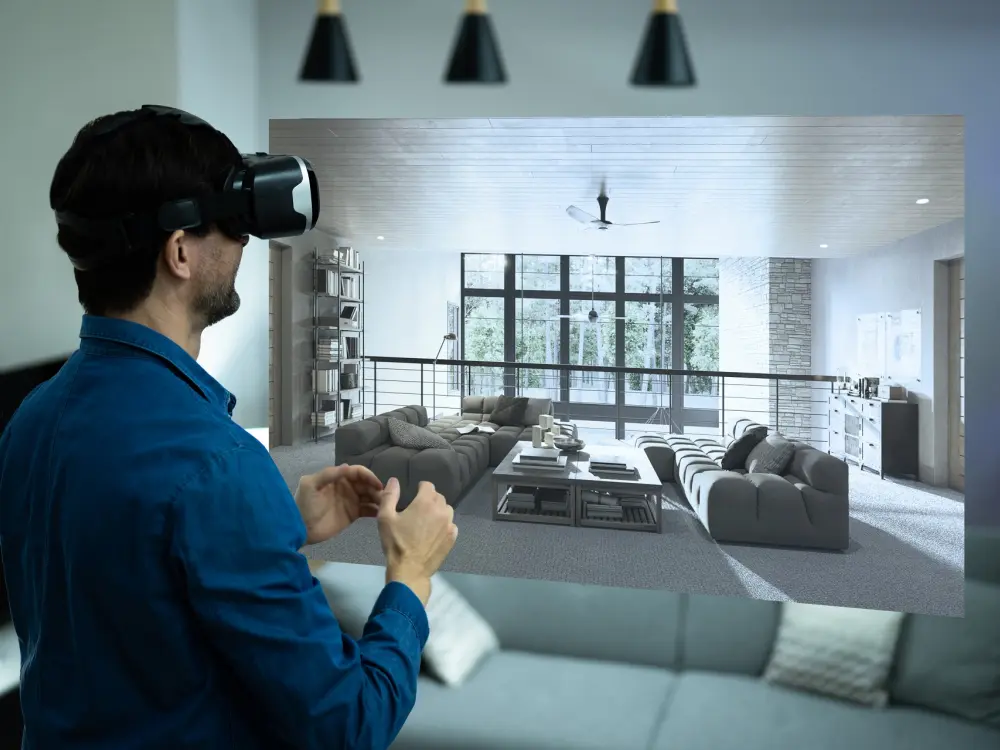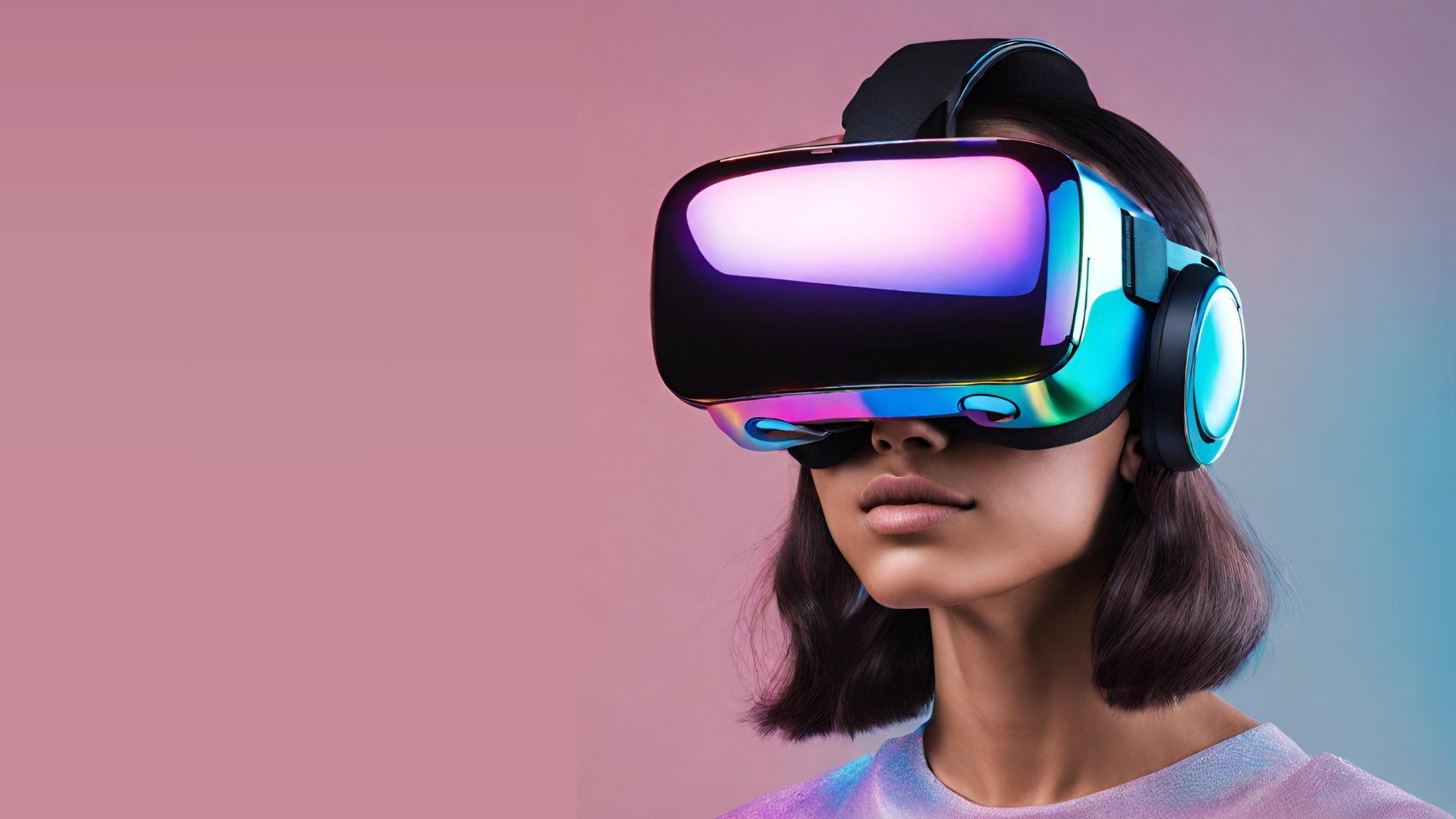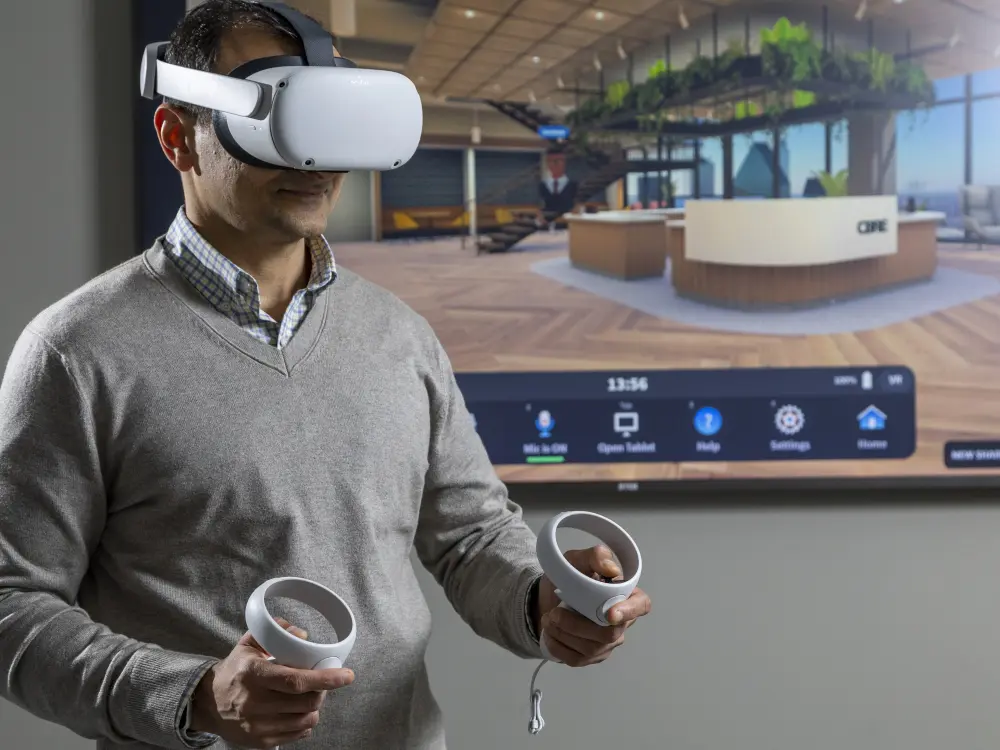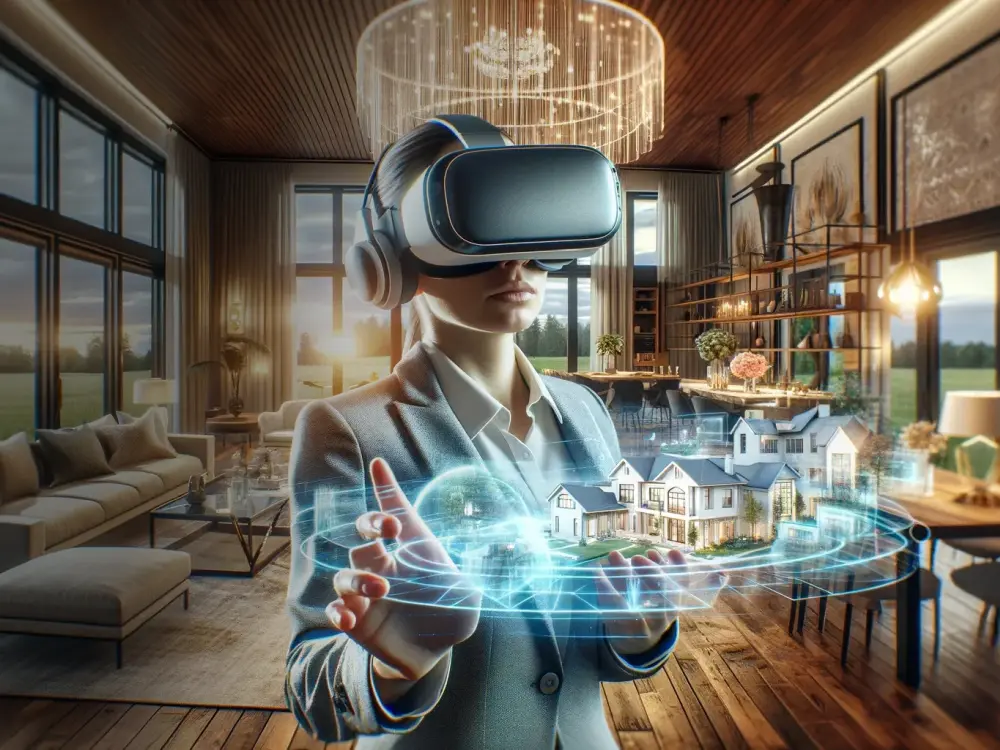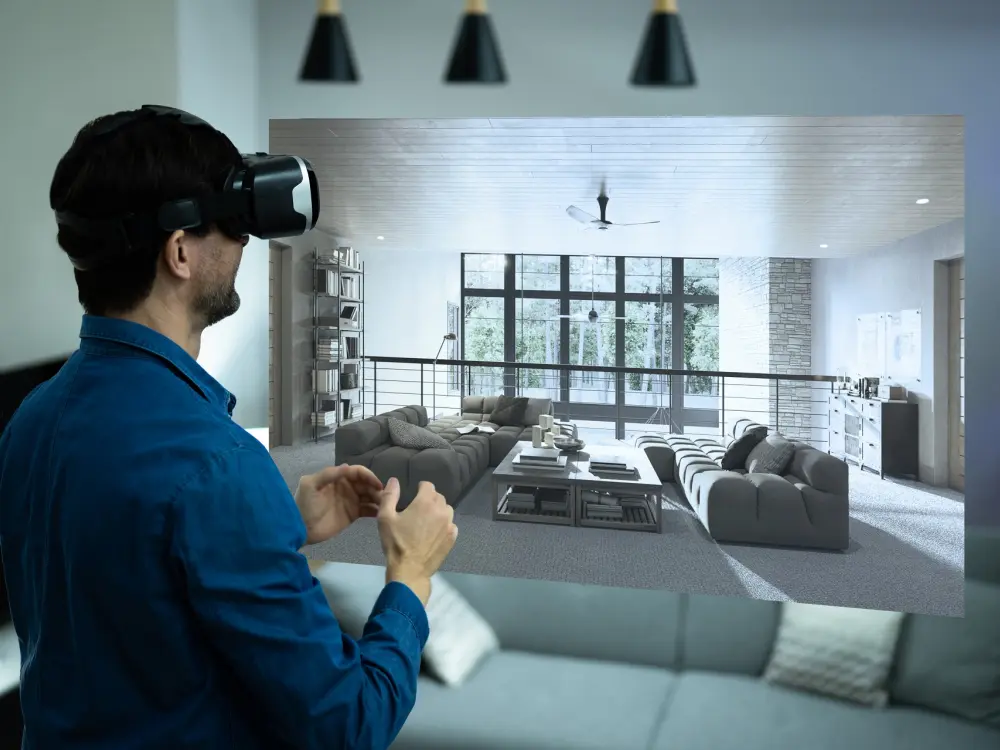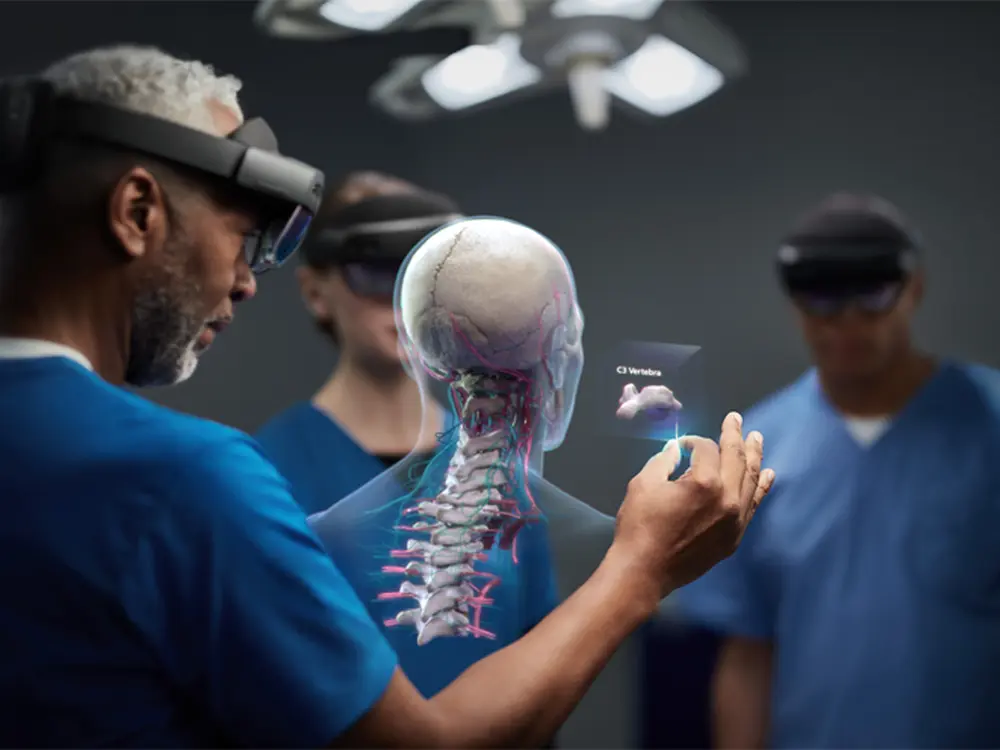In today’s fast-paced digital landscape, businesses are constantly seeking innovative ways to captivate audiences, differentiate themselves from competitors, and drive growth. One technology that has emerged as a game-changer in this regard is the utilization of 3D virtual experiences. In this comprehensive exploration, we’ll delve into the myriad ways in which businesses are harnessing the power of 3D virtual experiences to elevate customer engagement, streamline operations, and unlock new opportunities for success.
Embracing Immersive Engagement
At the heart of any successful business lies the ability to engage and connect with customers on a deeper level. 3D virtual experiences offer a dynamic and immersive platform for businesses to showcase their products, services, and brand in a captivating manner. Whether it’s through interactive virtual tours, immersive product demonstrations, or lifelike simulations, businesses can create memorable experiences that leave a lasting impression on customers and drive brand loyalty.
Redefining Customer Experiences
In an increasingly digital world, consumers crave immersive and personalized experiences that resonate with their preferences and interests. 3D virtual experiences enable businesses to deliver just that by providing customers with interactive and customizable experiences that cater to their individual needs. From virtual showrooms and personalized product configurations to virtual consultations and try-before-you-buy experiences, businesses can leverage 3D virtual technology to create engaging and memorable interactions that foster deeper connections with customers.
Streamlining Operations and Enhancing Efficiency
Beyond customer engagement, 3D virtual experiences also offer valuable applications for internal operations and workflow optimization. In industries such as real estate, architecture, and interior design, 3D virtual tours streamline property viewings and design consultations, reducing the need for physical meetings and saving both time and resources. Similarly, in manufacturing and product development, virtual prototyping and simulation enable teams to iterate and refine designs more efficiently, accelerating time-to-market and minimizing costly errors.
Expanding Global Reach and Breaking Down Barriers
One of the most significant advantages of 3D virtual experiences is their ability to transcend geographical boundaries, opening up new markets and opportunities for businesses. With virtual showrooms and online exhibitions, businesses can showcase their offerings to customers around the world without the need for physical storefronts, reducing overhead costs and expanding their reach. Similarly, virtual events and conferences enable companies to connect with attendees from diverse locations, fostering global collaboration and networking.
Personalizing Engagement and Tailoring Experiences
In an era of personalized marketing, 3D virtual experiences offer a powerful tool for tailoring interactions and experiences to the preferences and interests of individual customers. Through interactive elements and customizable features, businesses can create immersive experiences that resonate with each customer on a personal level. Whether it’s customizing product configurations, offering personalized virtual consultations, or providing virtual demonstrations tailored to specific needs, businesses can leverage 3D virtual technology to deliver targeted and memorable interactions that drive engagement and foster long-term relationships.
Embracing Innovation and Looking to the Future
As technology continues to evolve, the potential applications of 3D virtual experiences in business are virtually limitless. From advancements in virtual reality (VR) and augmented reality (AR) to innovations in 3D modeling and rendering technologies, the future promises even more immersive and interactive experiences that push the boundaries of what’s possible. By embracing innovation and staying at the forefront of technological advancements, businesses can harness the transformative power of 3D virtual experiences to unlock new opportunities, drive growth, and shape the future of business in the digital age.
In conclusion, 3D virtual experiences represent a transformative tool for businesses looking to elevate customer engagement, streamline operations, and unlock new opportunities for success. By embracing the immersive capabilities of 3D virtual technology and leveraging innovative approaches to engagement and interaction, businesses can create compelling experiences that resonate with customers, drive loyalty, and propel growth in the digital era. As technology continues to evolve, the possibilities for 3D virtual experiences are limitless, and businesses that embrace this innovation will be well-positioned to thrive in an increasingly competitive and dynamic marketplace.

